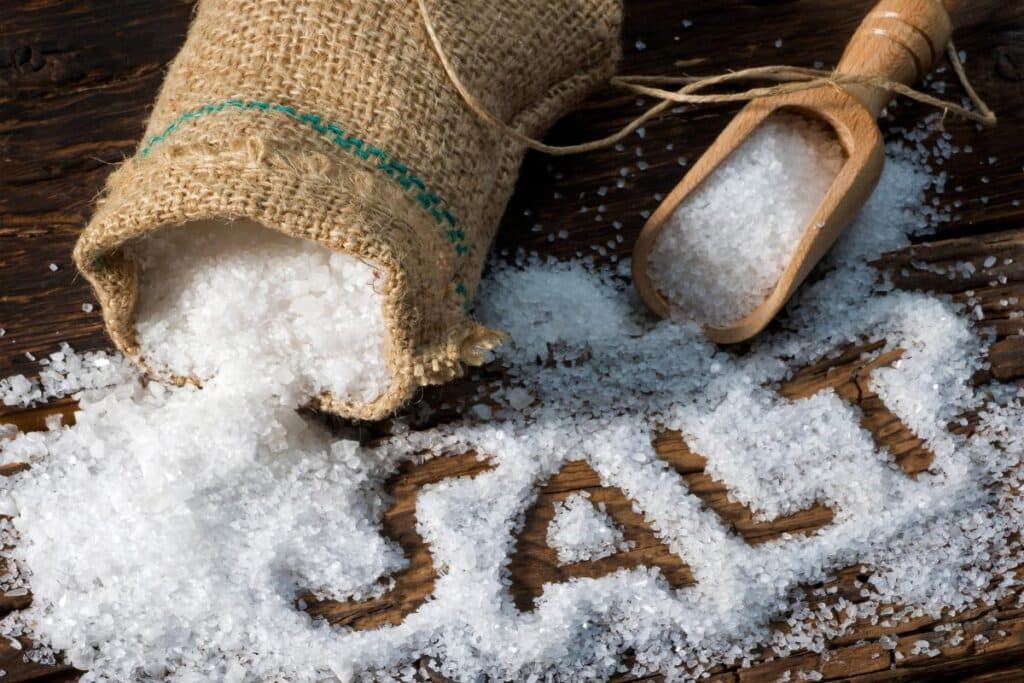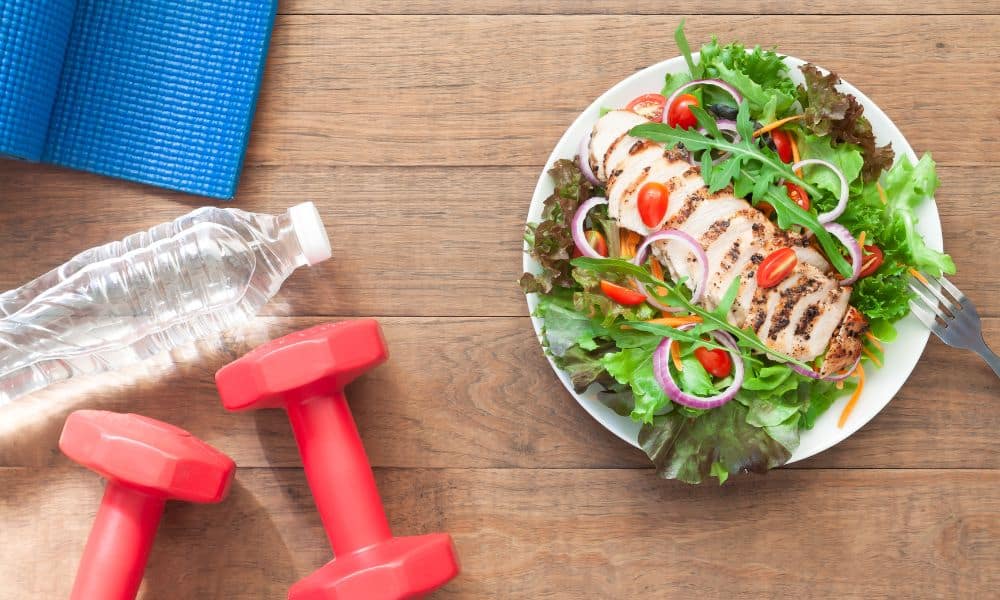Cravings can be the nemesis of any well-intentioned diet plan, particularly during a fat loss journey. Salt cravings, in particular, can be persistent and challenging, often leading to overindulgence in high-calorie, processed foods that are counterproductive to weight loss goals. In this article, we’ll explore the reasons behind salt cravings and offer practical solutions to manage them effectively.
Understanding Salt Cravings
Salt cravings can stem from a variety of sources:
- Biological Factors: Your body may signal for salt when it’s dehydrated, after intense workouts, or if you’re consuming a diet too low in sodium.
- Emotional Eating: Stress and emotions can trigger cravings for salty, crunchy foods.
- Dietary Habits: A sudden decrease in sodium intake can lead to increased cravings as the body adjusts to lower levels.
The Impact of Salt on Fat Loss
While sodium is an essential mineral for body function, excessive salt intake can hinder fat loss by causing water retention, bloating, and potentially increasing the risk of hypertension. It’s important to find a balance that satisfies cravings without compromising health and weight loss efforts.
Strategies to Manage Salt Cravings
Stay Hydrated
Dehydration can sometimes be mistaken for salt cravings. Ensure you drink enough water throughout the day, especially if you’re active or live in a hot climate.
Choose Healthy Alternatives
When cravings hit, opt for healthier options like nuts and seeds, which are high in nutrients and have natural salts.
Check for Deficiencies
Sometimes, salt cravings can be a sign of mineral deficiencies. A balanced diet with a variety of nutrients can help curb these cravings.
Practice Mindful Eating
Understand the triggers that lead to salt cravings. By eating mindfully, you can identify these patterns and make better choices.
Season Smartly
Experiment with herbs and spices to flavor your food instead of relying on salt. This can satisfy your taste buds without the extra sodium.
Read Labels
Many processed foods contain high levels of sodium. Reading food labels can help you make better choices and avoid hidden salt in your diet.
Allow for Adaptation
If you’ve recently cut back on salt, give your taste buds time to adjust. Over time, your cravings are likely to decrease.
Conclusion
Managing salt cravings is a key aspect of a successful fat loss journey. By understanding and addressing the reasons behind your cravings, staying hydrated, choosing healthier food options, and seasoning smartly, you can navigate these cravings without derailing your diet. Remember, moderation is key, and with time, your palate and cravings will adapt to a less salty diet, aiding in your fat loss efforts.
In sum, a craving for salt is a common challenge on the path to fat loss but one that can be overcome with strategic dietary choices and mindfulness. By focusing on whole, unprocessed foods and creative seasoning, you can satisfy your taste for salt without compromising your health or weight loss goals. With patience and persistence, you can reshape your cravings and continue towards your fat loss destination.




